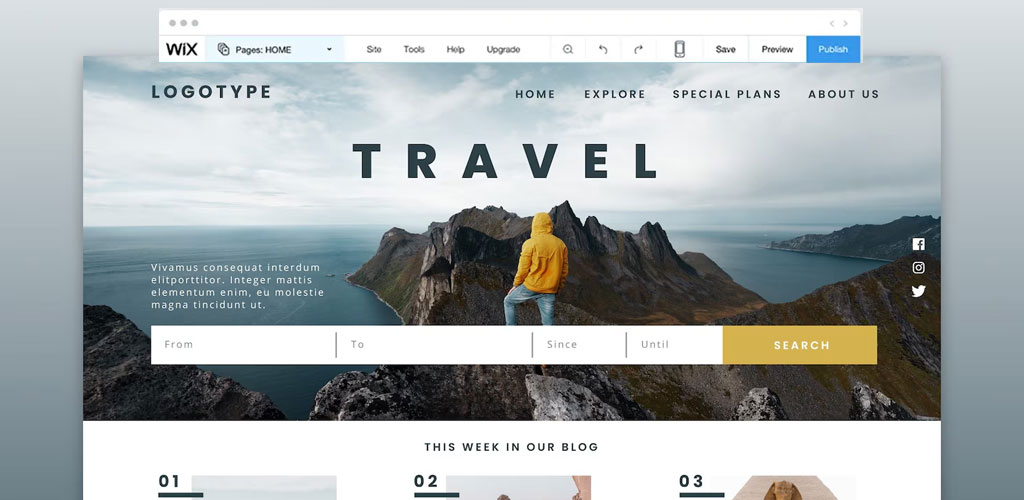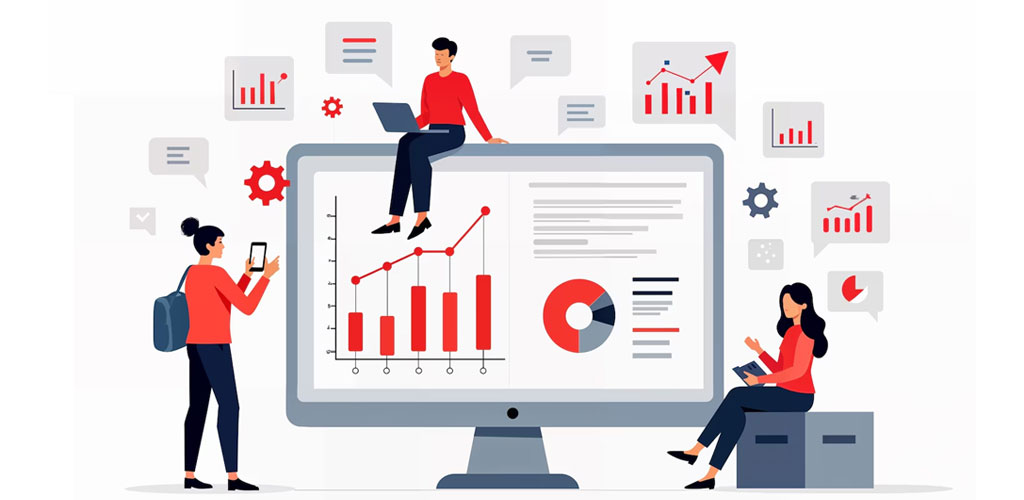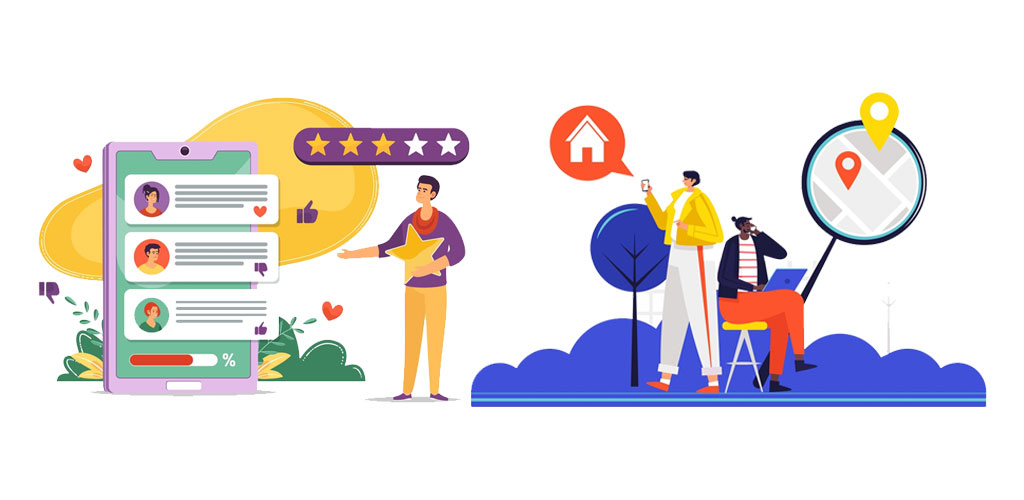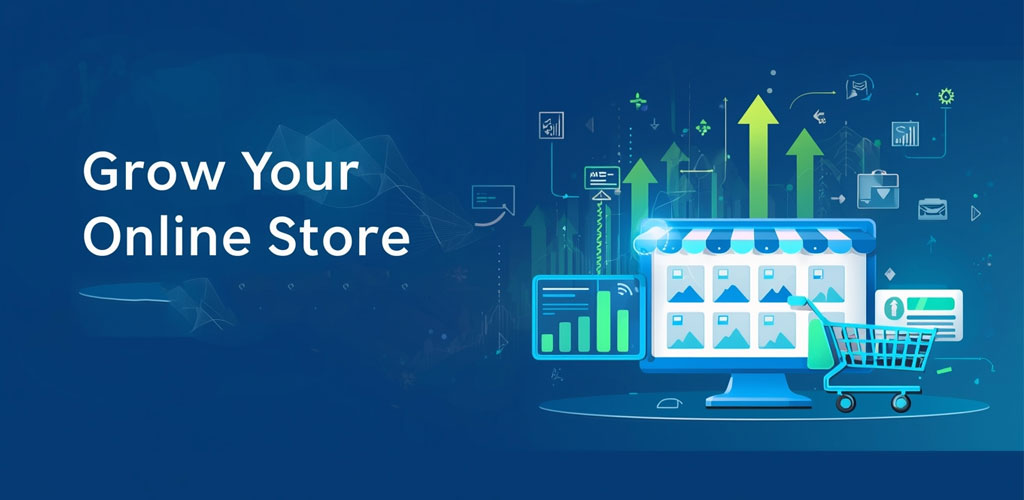The Rise of No-Code Website Building
In the past, creating a professional website meant hiring developers, investing a large budget, and waiting weeks to see results. Today, platforms like Wix have changed the game. Wix offers a no-code solution, which means anyone—from business owners to bloggers—can build a beautiful, functional website without writing a single line of code. This shift has made website creation accessible and affordable for all.
A Design Experience That Feels Effortless
Wix’s design freedom is one of its main benefits. With the use of a drag-and-drop editor and hundreds of templates, you may alter your website to better represent your company. Whether you’re designing a sleek business site, a creative portfolio, or an online store, Wix provides endless options for layouts, fonts, and visuals. The best part is that every design is mobile-friendly, ensuring your website looks great on any device.
Power Beyond Design: Features That Matter
While Wix is known for its user-friendly design, it also comes packed with powerful features. From SEO tools that help your site rank on Google to integrated booking systems, payment gateways, and eCommerce solutions, Wix supports businesses of all sizes. For those running online stores, Wix makes it easy to manage products, track orders, and process payments securely.
Creative Freedom with Wix ADI and Editor
You may create your website in two different ways with Wix. With Wix ADI (Artificial Design Intelligence), you can answer a few questions and instantly get a personalized website designed for you. For those who prefer control, the classic Wix Editor allows you to manually customize every section. This flexibility ensures that both beginners and advanced users can create exactly what they envision.
Growing Your Online Presence with Wix
A website is more than just a digital brochure—it’s a growth tool. Wix provides built-in marketing solutions like email campaigns, social media integrations, and analytics to track performance. This means you can not only launch your site but also grow your audience and convert visitors into loyal customers.
Why Wix is a Smart Choice for Businesses and Creators
Wix stands out because it blends simplicity with sophistication. Small business owners can quickly create a professional online presence, while creators can showcase their portfolios in a visually stunning way. The platform removes technical barriers, making it possible for anyone to bring their ideas online.
Final Thoughts
In today’s digital world, having a website has become essential . Wix makes it possible for anyone to create a professional, customizable, and fully functional site without needing coding expertise. If you’ve been waiting for the right time to launch your website, now is the moment, and Wix is the tool to get you there.










